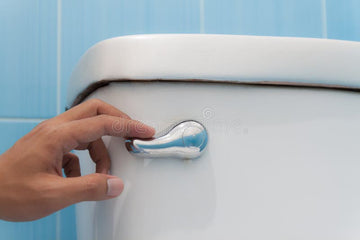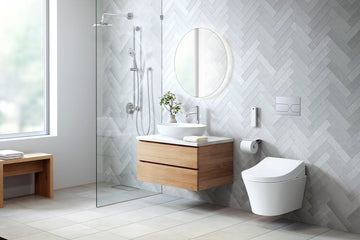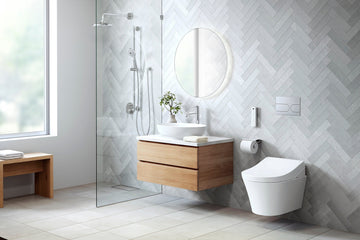In the quest for sustainability and eco-friendly living, choosing bathroom fixtures for water conservation is pivotal. With increasing awareness about environmental challenges and water scarcity, industries are now focusing on innovations that promote conservation. The right bathroom fixtures can significantly reduce water usage, contributing to both environmental preservation and cost savings. In this guide, we will explore the crucial factors to consider when selecting fixtures that align with your water conservation goals.
Bathroom fixtures have evolved beyond just functional elements to become integral components of sustainable design. As industries shift towards greener practices, the role of water-efficient fixtures in reducing consumption cannot be overstated. This article will delve into the various options available, ensuring that your choices not only meet regulatory standards but also contribute positively to the environment.
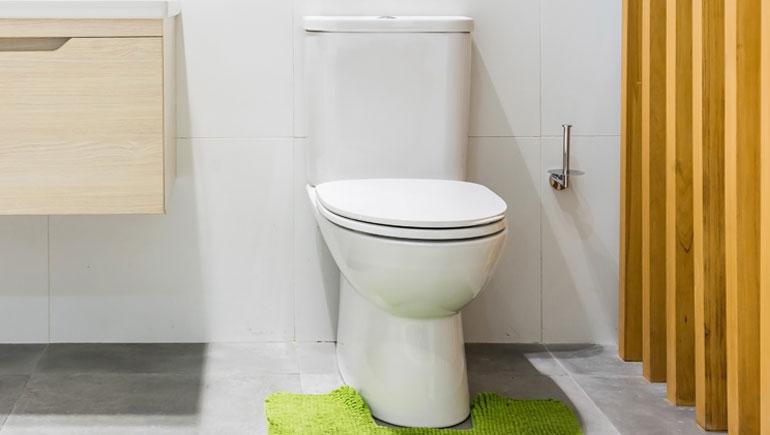
Understanding Water Conservation in Bathroom Fixtures
Water conservation involves strategies and technologies that aim to reduce water usage. In the context of bathroom fixtures, this means selecting products that use less water without compromising on performance. For industry QA professionals, understanding the intricacies of these technologies is essential.
Low-Flow Faucets and Showerheads
Low-flow faucets and showerheads are designed to reduce water flow while maintaining pressure. They are a simple yet effective way to conserve water. According to the Home Water Works website, replacing old fixtures with low-flow options can lead to significant water savings.
Dual-Flush Toilets
Dual-flush toilets offer two flushing options, allowing users to choose a lower water volume for liquid waste and a higher volume for solid waste. This flexibility is crucial for water conservation efforts. For more on the benefits of dual-flush toilets, check out this article.
Water-Saving Toilets
Modern water-saving toilets, such as those certified by WaterSense, use significantly less water per flush compared to older models. By replacing conventional toilets with these efficient models, industries can drastically cut down their water usage. Learn more about these toilets from the Ressler Mateer website.
Factors to Consider When Choosing Fixtures
When selecting bathroom fixtures for water conservation, several factors should be considered to ensure optimal performance and sustainability.
Efficiency Ratings
Fixtures should have high-efficiency ratings, such as those certified by WaterSense. These ratings indicate the product's capability to conserve water while maintaining performance standards.
Material and Durability
Choose fixtures made from durable materials that are resistant to wear and tear. This ensures longevity, reducing the need for frequent replacements and further conserving resources.
Cost and Return on Investment
While water-efficient fixtures may have a higher upfront cost, the long-term savings on water bills and the positive environmental impact make them a worthwhile investment. For more on the financial benefits, explore Scope Zero's guide.
Implementing Water Conservation in Industrial Settings
For industries, implementing water conservation measures goes beyond individual fixtures. It involves a holistic approach that incorporates various strategies and technologies.
Regular Audits and Maintenance
Conduct regular audits of water usage to identify areas for improvement. Ensure that all fixtures are properly maintained to prevent leaks, which can result in significant water wastage.
Employee Education and Involvement
Educate employees about the importance of water conservation and how they can contribute. Encourage practices that promote efficient water use, such as turning off taps when not in use.
Adopting New Technologies
Stay updated with the latest technologies and trends in water conservation. Innovations such as smart faucets and showers can further enhance conservation efforts.
Conclusion: Making a Difference with the Right Choices
In conclusion, choosing bathroom fixtures for water conservation is a critical step towards sustainable industrial practices. By selecting efficient, durable, and cost-effective fixtures, industries can significantly reduce their water footprint while also benefiting financially. The impact of these choices extends beyond individual companies, contributing to a global effort to preserve our planet's precious resources.
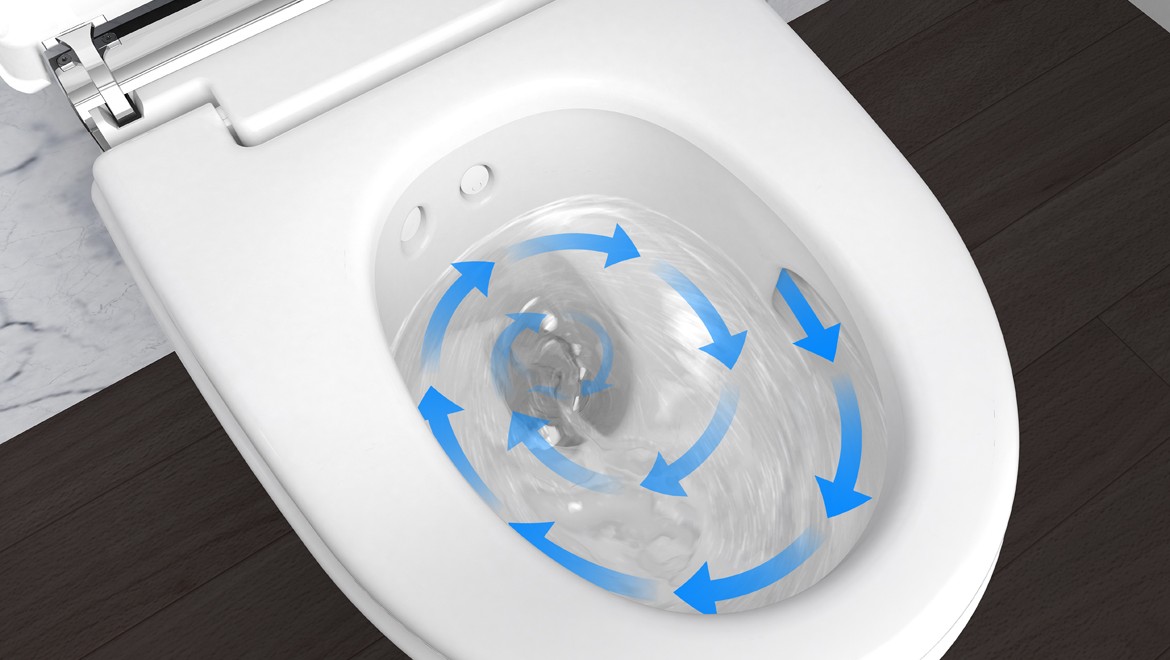
FAQs
Why is water conservation important in industrial settings?
Water conservation is crucial in industrial settings as it helps reduce operational costs, comply with environmental regulations, and contribute to sustainable practices.
What are the benefits of dual-flush toilets?
Dual-flush toilets provide flexibility in water usage, allowing for reduced water consumption and cost savings. They are an effective way to manage water usage efficiently.
How can industries implement water conservation practices?
Industries can implement water conservation practices by conducting regular audits, educating employees, and adopting new technologies that promote efficient water use.
For more insights on eco-friendly bathroom practices, read this article from Dripx.

